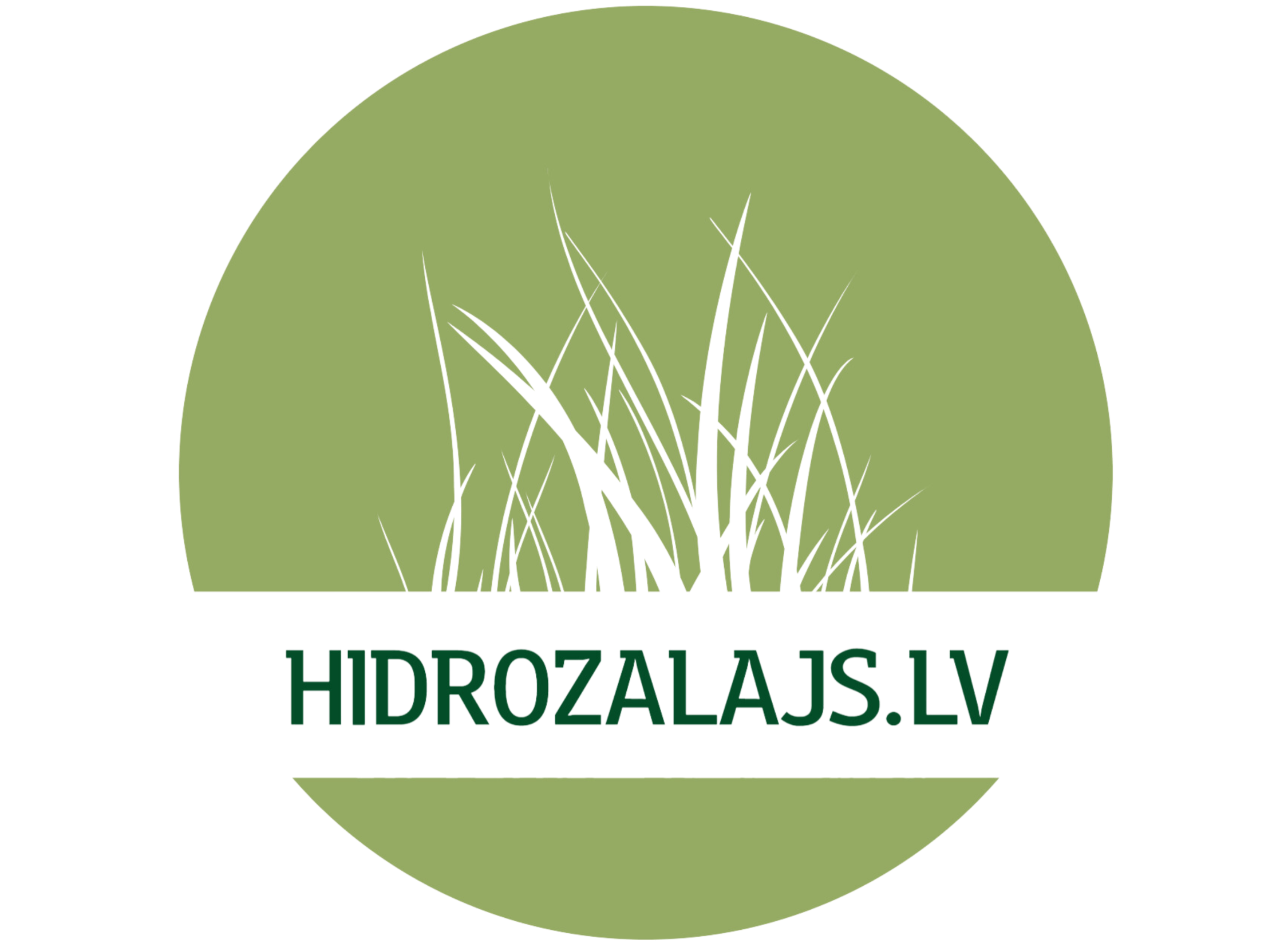How hydroseeding works
Hydroseeding is the process of spraying a mixture of grass seed, mulch and various additives onto the topsoil. This mixture is designed to provide optimum conditions for seed germination and root development. During the hydro-treatment process, the seeds are mixed with soil conditioners and nutrients to promote seed germination and root development.
The mulch that is part of this mix helps to retain moisture in the topsoil, protects the seeds from drying out and prevents erosion. The hydroseeding process is very effective as it ensures even seed dispersal, helps control moisture levels and protects the seed from adverse weather conditions and patchiness. It is a popular method for growing a variety of crops, including grassland, as it gives better results and productivity.
History
A hydroseeder is a technological device used to spray a mixture of seeds, minerals, water and binders - called hydrohumus - onto the surface of the ground to promote soil stabilization, erosion control and new plant growth. This technology is essential for both agriculture and landscaping, especially in areas where it is important to restore soil and prevent erosion.
Hydroseeding technology first appeared in the United States in the second half of the 20th century. Its original purpose was to help control erosion and restore soil after deforestation, farming or construction. The technology was very effective because it allowed seeds and minerals to be spread over large areas at a time, with better results than traditional methods.
Hydroseeding is very popular in agriculture and landscaping, and its use continues in other areas such as road construction, forestry and environmental protection.
This technology has continued to evolve and adapt to new needs and requirements, integrating the latest innovations such as GPS and automatic guidance to improve efficiency and accuracy.
Hydroseeding has become an indispensable tool for soil stabilization, soil rehabilitation and the cultivation of new plants in various industries around the world. These technologies will continue to evolve, providing new opportunities for soil and environmental protection and improving production processes in agriculture and landscape management.



